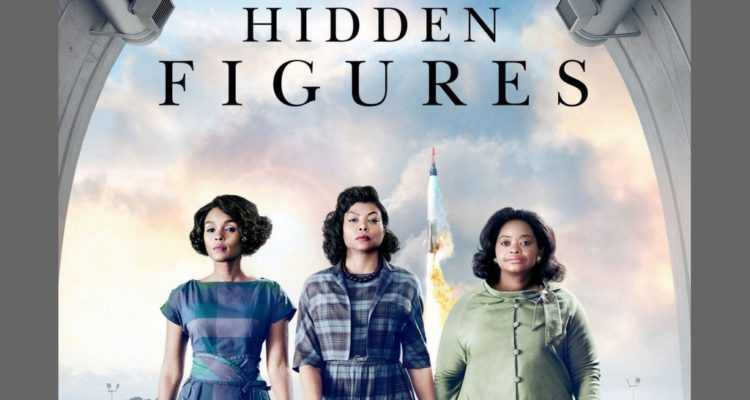The 89th Academy Awards are this Sunday, and while the world casts predictions about who should win, my vote goes to the triumphant adaptation of Margot Lee Shetterly’s book, Hidden Figures. The movie by the same name is up for Best Picture. Octavia Spencer (playing Dorothy Vaughn) is a candidate for Best Supporting Actress, though Taraji P. Henson and Janelle Moáne gave equally authentic performances. Allison Schroeder and director Theodore Melfi have been nominated for Best Adapted Screenplay. The other nominees notwithstanding, Hidden Figures deserves to win.
I’m almost always disappointed by movie adaptations of books, probably because the character development and complicated plotlines of fiction are hard to distill into two hours of screen time. Hidden Figures, the book, is a historical narrative, and I think the screenwriters did a fantastic job of capturing the lingering apartheid South in the 1960s, the private and personal struggles of the black female mathematicians, and other details of the book for the big screen. They had to take some liberties with chronology and biography to maintain a speedy pace and captivating storyline, but it was worth it.
The primary reason the adaptation works is that it focuses the book’s untold tale of African-American female “computers” at Langley into the story of three of these real-life women: Dorothy Vaughn, Mary Jackson, and Katherine Goble. In the theater, this is a drama of human struggle, not a history lesson. Detail that is interesting in a book would bog down a movie, as would the twenty-plus year timeframe. It was therefore a smart choice to narrow the window to the most high stakes moment: the space race.
The women depicted in the movie are all extraordinary, in terms of their tremendous intellectual capabilities, their endurance, and their persistence. Each face daily humiliations because of the arbitrary import ascribed to the color of their skin. The indignities they suffered because of segregation, sanctioned by state and federal law, were roadblocks to professional success, already made difficult by being women. This is a crucial part of the movie because it frames their achievements. It’s not just that they were part of a community deigning to do the impossible: put a man into orbit, it’s that they had to solve mathematical equations never before invented while enduring overt racism and sexism.
For fans of the book, enjoying the movie will be easy as long as readers don’t insist upon total fidelity to historical fact (timelines, specific personal details). The writers made narrative arc a priority over precise chronology, and it was the right dramatic choice. For example, Dorothy Vaughn spends the whole movie trying to prove that she has earned the title of supervisor. In the book, the author solves it simply by saying, “It would take Dorothy Vaughn two years to earn the full title of section head.” That this happens for Dorothy in 1951 (not the early ‘60s when the movie takes place) doesn’t change the impact of this milestone.
It’s not often that I can say unequivocally that a movie is as good as the book, but I can in this case. If you have time, run out and see it before Sunday. Who knows? Hidden Figures might earn your vote for this year’s Oscars too.
Q: What movie do you think should win an Academy Award? Tell us why!


